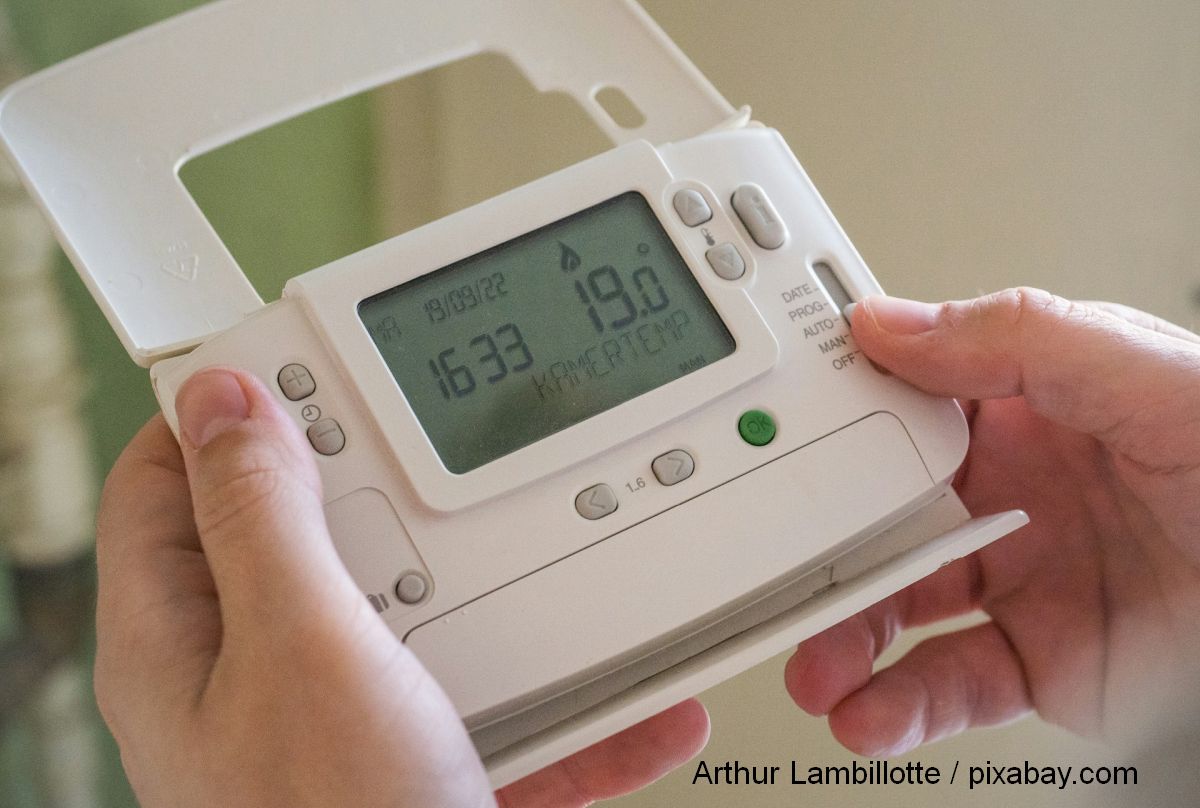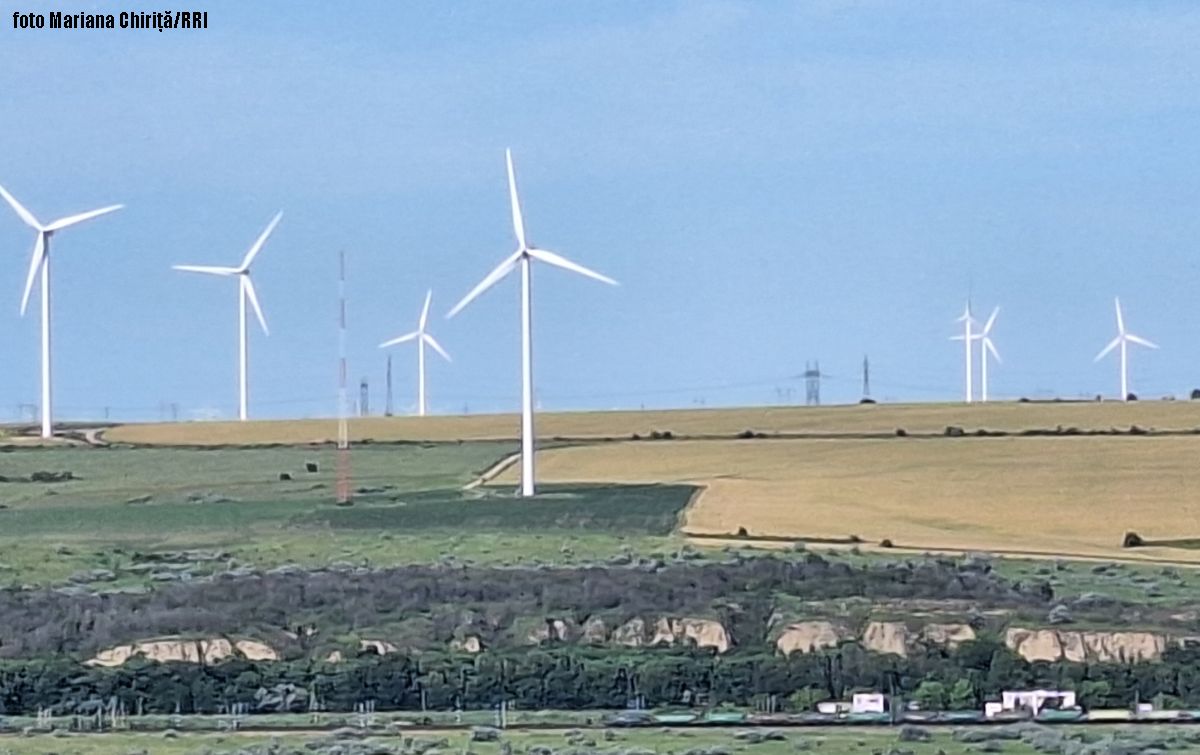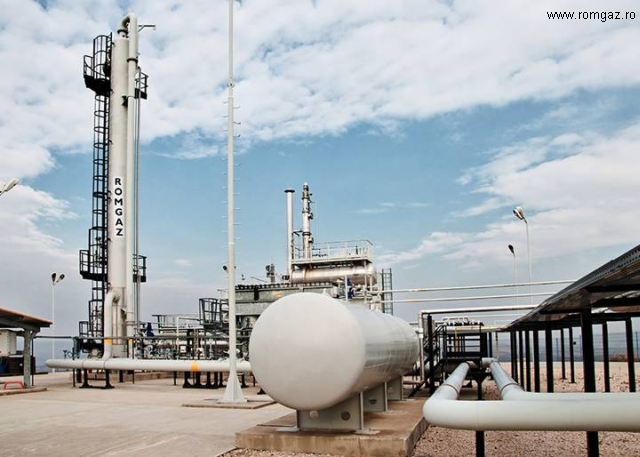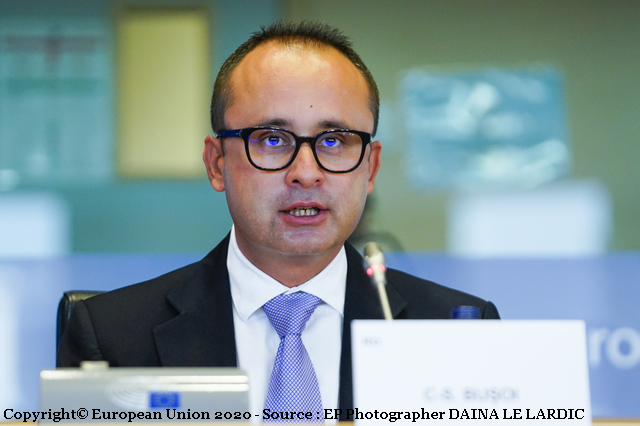The energy minister, Sebastian Burduja, has given assurances that Romania’s gas deposits are full to the brim and the country will be able to get through the winter season without resorting to imports. He has added that Romania does not import Russian gas at all, and when needed, the country turns to Turkey and Azerbaijan. In fact, Romania follows the trend of the entire European Union. A European Commission report has recently showed that the EU’s dependence on Russian gas fell from 45% in 2021 to just 15% in 2023. And the downward trend in this dependence continued throughout this year.
As for the situation in the country, Sebastian Burduja explained, for Radio Romania: “Today we have 3.280 billion cubic meters of gas stored in our gas storage facilities. That means a 103.29% degree of filling. We therefore have all the necessary capacity to be able to get through the winter season without resorting to imported gas. Even in the event of a harsher winter, I am convinced that we are ready to have enough gas and supply it to the Romanians”.
The minister has also said that people who have difficulties in paying bills will continue to be protected. ‘Romanians should not be affected this winter either by the fear of bills, or the cold, or the temperature. They will benefit from gas supply, and the bills will continue to be capped, exactly as they were last winter’ the minister added.
In this context, the Intelligent Energy Association (AEI) launched on Wednesday, in partnership with the Energy Ministry, the second edition of the “Houses with Heat” project, through which it aims to distribute firewood needed to heat homes in winter for families in difficulty. 3.5 million households in Romania are heated with wood. 80,000 are only in Bucharest and in the neighboring county of Ilfov, and over 7,000 are inhabited by vulnerable families, according to the data of the “Registry of Heat-Free Houses”, drafted by the Intelligent Energy Association.
Adrian Halpert, director general at the Red Cross, believes that this program is even more important as the prices of energy and energy resources have continued to rise: “Energy comfort should not be a luxury for anyone. A minimum of energy comfort is a basic issue, which we must all have, and, after all, if you don’t have it, it affects human dignity. Energy prices continued to rise also for energy resources, such as wood. I hope to reach several thousand families this winter”.
According to official statistics, 39% of Romanians are in the energy poor category. The authorities assure that, even after April 1, 2025, until the prices of natural gas and electricity are capped, they will take support measures for vulnerable people. (LS)



